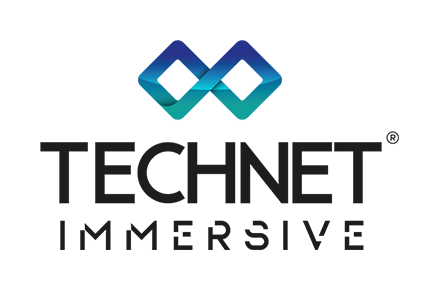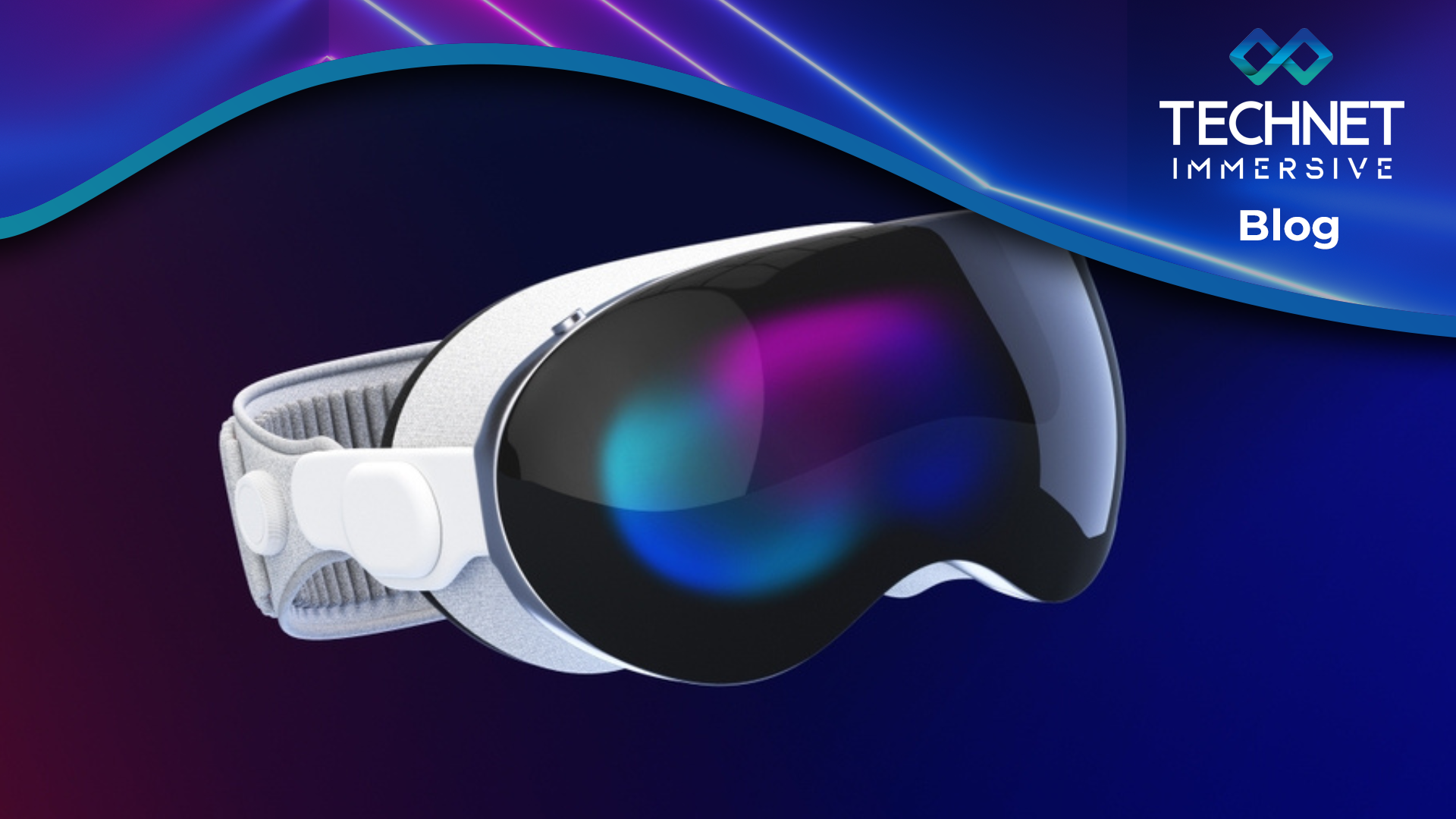
How Augmented Reality is Transforming Healthcare
As augmented reality (AR) becomes increasingly mainstream, more businesses of varying industries are tapping into its benefits, including the healthcare industry. As the technology advances, healthcare professionals are discovering new ways AR can dramatically improve the quality of service they are capable of providing. From training methods to surgery, AR is transforming healthcare as we know it.
Medical training & schooling
Establishing new ways to improve and expedite medical training is of the highest priority for medical professionals. AR is aiding these efforts through the development of applications that allow users to immerse themselves in highly engaging, educational scenarios. Participating in hands-on exercises through AR combines different sensory inputs which improves retention and the understanding of complex concepts. Depending on an individual’s specific field of medicine, AR can be applied to an array of training methods. For example, 3D visualisations of a human body can help nurses learn the best techniques for checking vital signs. Meanwhile, as one of the most difficult things for surgeons in training is the transition from 2D drawings to 3D surgical environment, AR can help streamline this transition. This Enables students to complete entire surgical procedures in a lifelike environment with colleagues collaborating over the same “body” as would occur in reality. In fact, simulation has been proven to ensure better outcomes, more rapid product adoption and fewer patient complications, according to CAE Healthcare.
Medical sales
Pharmaceutical sales are incredibly competitive and when a doctor has limited time to meet with a rep, it’s important to make sure the time is effectively spent. Utilising AR, sales reps can offer a clear demonstration of a product in action. Rather than a flat image or un-engaging video, physicians can test out a product on a 3D organ which can help them better visualise intricate concepts and benefits. This in turn also contributes to more educated decisions on the best tools and devices for a specific medical practice.
Patient Education
When undergoing surgery or starting a new medical treatment, it’s important for patients to have a clear understanding of how a treatment is to be administered and just what it’s going to be doing to their bodies. AR technology enables pharmaceutical companies to better educate their patients through engaging visualisations of products and medications.
PatientAR is a great example of the benefits of AR in action. An augmented reality platform, PatientAR is designed to be used by both doctors and patients at the same time to visually review orthopedic surgery plans and better understand the outcomes and risks of the procedure. Similarly in less invasive cases, medical professionals can utilise AR to demonstrate how supplementary treatment can improve their wellbeing such as pinpointing the best treatment options for alleviating pain.
Moving forward augmented reality is sure to contribute to more innovation and improvements in healthcare practices. Creating more impactful training methods, more effective doctor patient communication, and safer surgeries, AR is the way of the future.
Author Bio: Maddie Davis is co-founder of Enlightened Digital and a tech-obsessed female from the Big Apple. She lives by building and redesigning websites and running marathons.






